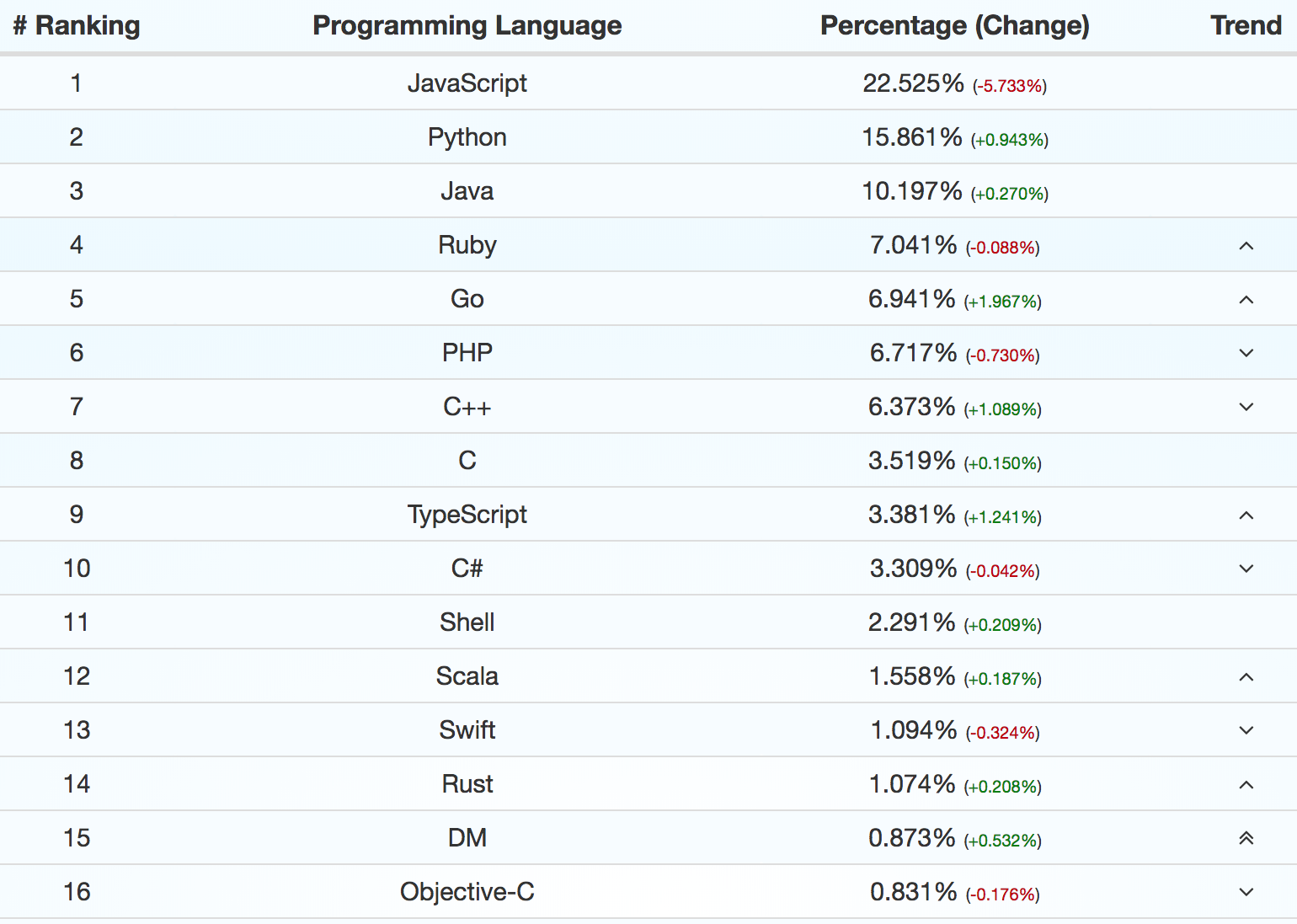The level of scale at Google is unprecedented. There are millions of lines of code and thousands of engineers working on it. In such an environment where there are a lot of changes done by different people, a lot of software engineering challenges will crop up—in particular, the following:
- Code becomes hard to read and poorly documented. Contracts between components cannot be easily inferred.
- Builds are slow. The development cycles of code-compile-test grow in difficulty, with inefficiency in modeling concurrent systems, as writing efficient code with synchronization primitives is tough.
- Manual memory management often leads to bugs.
- There are uncontrolled dependencies.
- There is a variety of programming styles due to multiple ways of doing something, leading to difficulty in code reviews, among other things.
The Go programming language was conceived in late 2007 by Robert Griesemer, Rob Pike, and Ken Thompson, as an open source programming language that aims to simplify programming and make it fun again. It's sponsored by Google, but is a true open source project—it commits from Google first, to the open source projects, and then the public repository is imported internally.
The language was designed by and for people who write, read, debug, and maintain large software systems. It's a statically-typed, compiled language with built-in concurrency and garbage collection as first-class citizens. Some developers, including myself, find beauty in its minimalistic and expressive design. Others cringe at things such as a lack of generics.
Since its inception, Go has been in constant development, and already has a considerable amount of industry support. It's used in real systems in multiple web-scale applications (image source: https://madnight.github.io/githut/):

For a quick summary of what has made Go popular, you can refer to the WHY GO? section at https://smartbear.com/blog/develop/an-introduction-to-the-go-language-boldly-going-wh/.
We will now quickly recap the individual features of the language, before we start looking at how to utilize them to architect and engineer software in the rest of this book.







